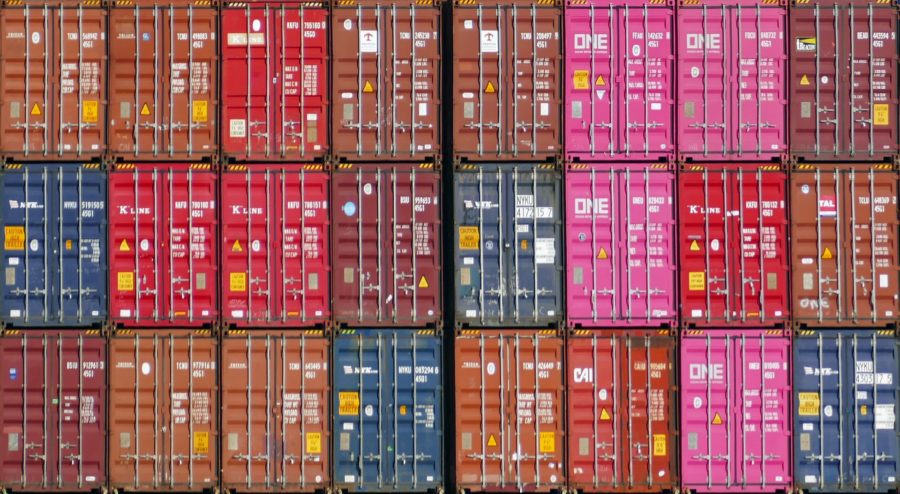November 12, 2020
Shipping Container Scarcity Boosting Purchase Rates Along China-U.S. Lane By Up To 50%

Shipping containers have seemingly paradoxically become a hot commodity throughout the COVID-19 pandemic.
The containers, a staple of the global economy for over half a century, are now plaguing transpacific routes in particular. The scarcity is boosting the purchase price of new containers and lease rates by 50%, disrupting port traffic, adding surcharges, and slowing deliveries heading into the holiday season.
A surge in Chinese exports and robust consumer demand in the U.S. help explain container scarcity. Dire predictions that global trade would collapse amidst the COVID-19 pandemic prompted container carriers to cancel sailings to underpin freight rates. Those forecasts proved pessimistic, however, and industry observers now say a sharp second-half rebound may mean container volumes for 2020 end up not far off levels reached in 2019.
The current scarcity means importers are facing longer waits for their goods, and might pay extra fees to secure the transport equipment. And the impact ripples beyond the flow of goods between the world’s two largest economies — the United States and China.
The beneficiaries of such booming demand are Chinese manufacturers that dominate the global market for newly built containers, the sales price of which has increased to about $2,500 each, from about $1,600 a year ago.
Industry figures show the availability of dry-freight containers produced in China were down to about 250,000 20-foot equivalent units at the end of October, from 871,000 in May. Order books are full until April or May next year.
(Source: Bloomberg)